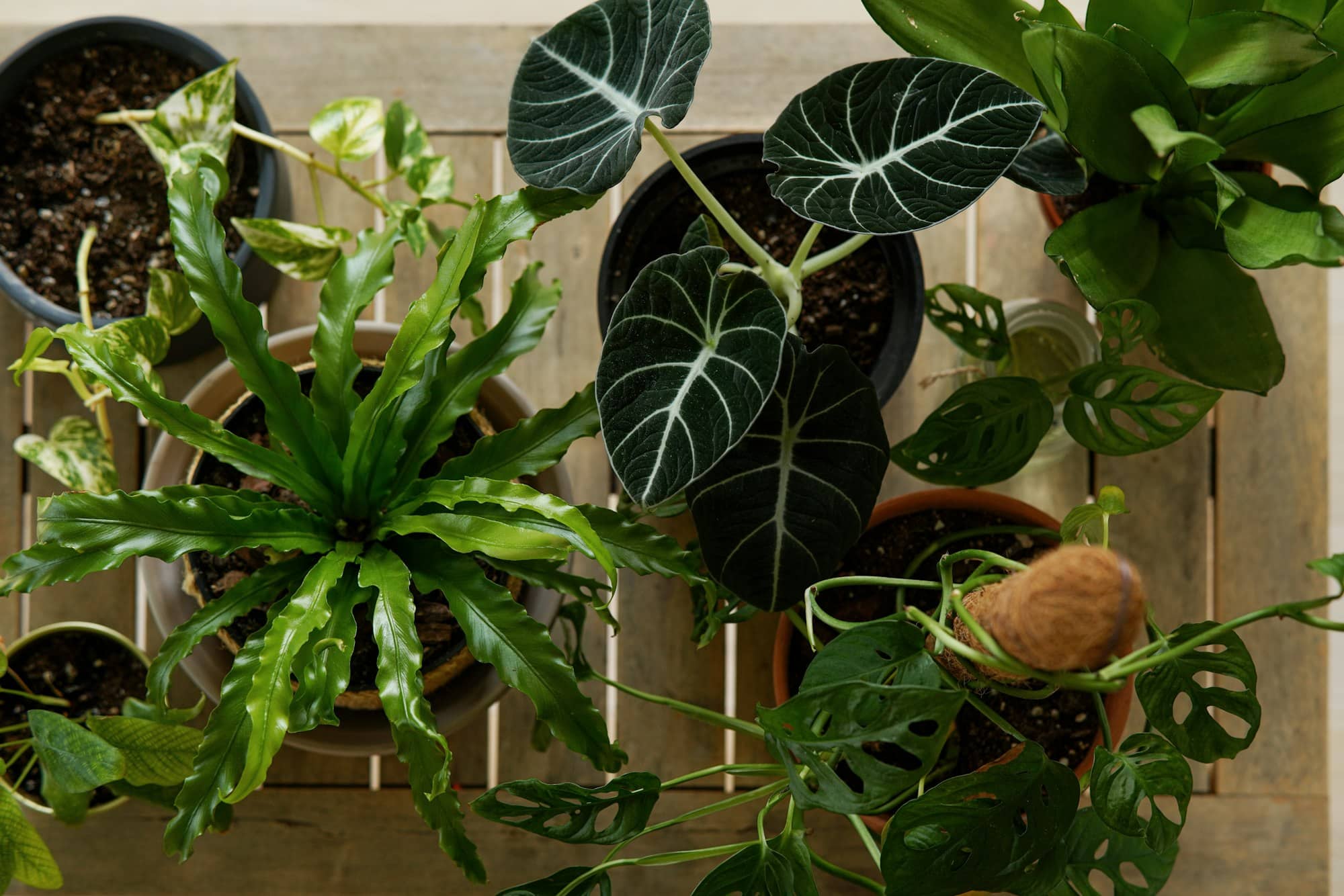As the line between work and home blurs and the modern office evolves, the design of work environments plays an increasingly critical role in employee well-being and productivity. While traditional office design has often ignored the need for natural elements, there’s a growing interest in biophilic design, a concept that integrates nature into built environments. Biophilic, derived from ‘bio’ meaning life and ‘philos’ meaning love, essentially means a love of nature and life.
What is Biophilic Design?
Biophilic design seeks to create a human-centered approach that improves health, wellbeing, and productivity in the workplace by connecting people with nature. It’s not merely about incorporating plants into the office space; it involves a more comprehensive strategy that includes the use of natural light, views to the outside world, natural materials, textures, and patterns.
A découvrir également : How Does Consuming Omega-3 Enriched Eggs Affect Cholesterol Levels?
Research has shown that environments that connect people with nature can have significant health benefits. In work environments, these benefits can translate into lower stress levels, increased productivity, and improved employee wellbeing. A study published in the Journal of Organizational Behavior found that employees who work in offices with natural elements report a 15% higher level of well-being, a 6% higher level of productivity, and a 15% higher level of creativity compared to those who work in environments devoid of nature.
The Role of Natural Elements in Reducing Stress and Increasing Productivity
Biophilic elements in the office environment play a vital role in reducing stress and enhancing productivity. According to a report by Human Spaces, employees who work in environments with natural elements have a 15% higher wellbeing score and are 6% more productive than their counterparts in less green environments.
Sujet a lire : Can the Use of Heated Clothing Items Improve Thermal Comfort and Health in Cold Climates?
Natural light is a critical element of biophilic design. Exposure to natural light during the day can help regulate the body’s circadian rhythm, improve mood, and increase alertness, all of which can lead to improved productivity.
Similarly, views of nature, whether real or simulated, can have a calming effect, reducing stress and increasing focus. A study by the University of Melbourne found that workers who could see a green roof from their windows were more productive and reported feeling happier than those who could not.
How to Implement Biophilic Design in Your Office
Incorporating biophilic design into your office doesn’t necessarily mean a complete overhaul. There are simple and cost-effective ways to create a more natural work environment.
Begin by maximizing natural light. If possible, design your workspace so that every employee has access to windows or skylights. When this isn’t feasible, consider using light bulbs that mimic the spectral distribution of sunlight.
Incorporating plants into the office environment can also have a significant impact. Not only do they improve air quality, but their presence has been shown to reduce stress and improve concentration. Consider using a variety of plants, including those with different colors, shapes, and textures, to create a more engaging environment.
Finally, consider incorporating natural materials, such as wood and stone, into your office design. These elements can evoke a sense of being in nature, which can have a calming effect and contribute to wellbeing.
The Future of Biophilic Design in the Workplace
As the benefits of biophilic design become more widely recognized, its implementation in work environments is likely to increase. From green roofs and walls to indoor gardens and water features, there are countless ways to integrate nature into office design.
As the future of work continues to evolve, it’s essential to create environments that not only foster productivity but also promote employee wellbeing. Biophilic design offers an effective strategy for achieving these goals.
In conclusion, biophilic design in work environments has the potential to significantly improve employee wellbeing and productivity. By integrating natural elements into office design, companies can create healthier, happier, and more productive work environments. As we continue to evolve our understanding of the relationship between environment and wellbeing, the role of biophilic design in the workplace is likely to become increasingly significant.
Biophilic Design’s Impact on Mental Health and Job Satisfaction
The impact of biophilic design on mental health and job satisfaction is undeniable. Studies have shown that environments that incorporate natural elements can significantly improve mental health, decrease stress levels, and increase overall contentment in the workplace.
Let’s talk about natural light. It’s a crucial part of biophilic design. Having sufficient exposure to natural light throughout the day can significantly impact an employee’s mood and energy. It helps regulate the body’s internal clock or circadian rhythm, reducing feelings of fatigue. Resultantly, this can lead to sharper focus and higher productivity levels.
Then, there are indoor plants. Their presence in a workplace can do wonders for an employee’s well-being. These green companions don’t just beautify the space; they’re also known to improve air quality by reducing carbon dioxide levels and increasing humidity. This can lead to fewer health-related issues like headaches and respiratory problems. Moreover, indoor plants have a calming effect that can decrease stress levels, leading to improved mental health and job satisfaction.
Aside from light and plants, using natural materials is another way to incorporate biophilic design into the workplace. Materials like wood and stone can simulate a connection to nature. This connection can evoke feelings of tranquility and contentment, which can contribute to better mental health and higher job satisfaction in the long run.
Creating a Nature-Inspired and Productive Workspace
In order to create an effective biophilic workplace design, several factors should be considered. It’s not just about filling the office with plants or maximizing natural light. It involves careful planning and a thorough understanding of the space and the people who will use it.
Start by assessing the amount of natural light your space receives. Maximizing natural light exposure can drastically improve employees’ mood and productivity. If your space doesn’t allow for sufficient natural light, consider investing in light fixtures and bulbs that simulate sunlight to ensure a well-lit and inviting environment.
Next, decide on the types and placement of plants that will best suit your workspace. Different plants offer various benefits. Some plants are particularly effective at improving air quality, while others are known for their stress-reducing properties. It’s also essential to create a regular maintenance schedule for these plants to ensure they remain healthy and beneficial.
Incorporate design elements inspired by nature. This could mean using natural materials like wood and stone in your interiors or installing artwork depicting natural landscapes. These elements can help create a calming, nature-inspired environment that promotes well-being and productivity.
Conclusion
In today’s fast-paced and often stressful work environment, incorporating biophilic design elements can make a significant difference in employee well-being and productivity. From harnessing natural light to integrating indoor plants and natural materials, these nature-inspired design elements can help foster a healthier and more pleasant work environment.
Therefore, considering biophilic design in your office layout is not merely a trend. It’s an investment in your employees’ well-being, productivity, and overall job satisfaction. As the line between home and work continues to blur, creating a comforting and energizing environment is more important than ever. In the future, biophilic design will continue to play a crucial role in shaping healthier and more productive workplaces.











